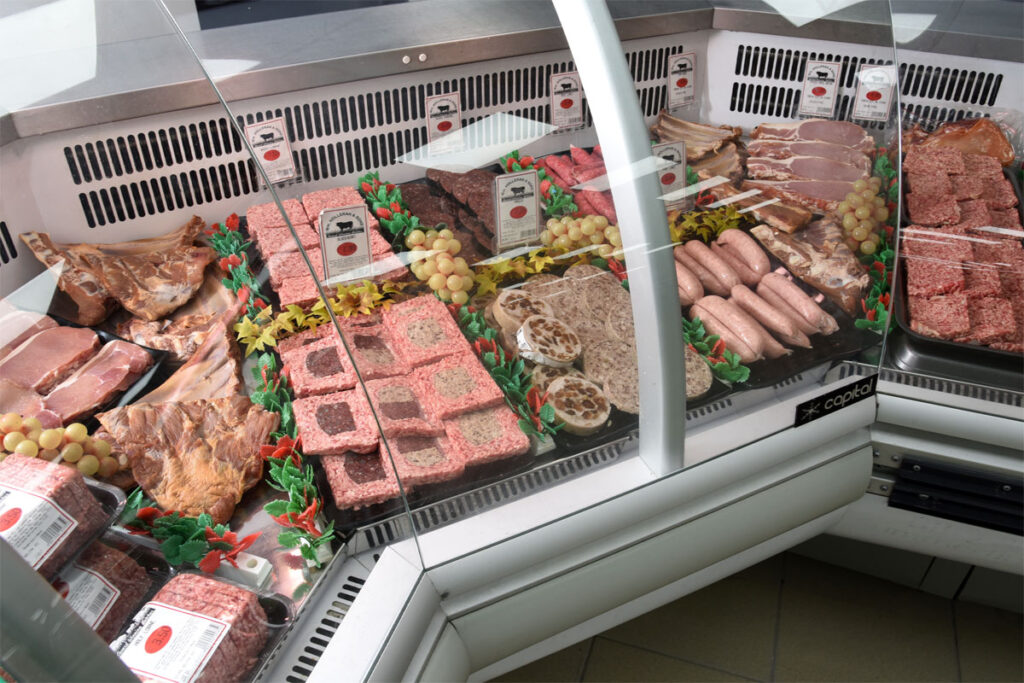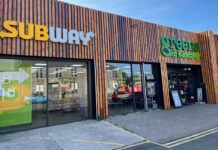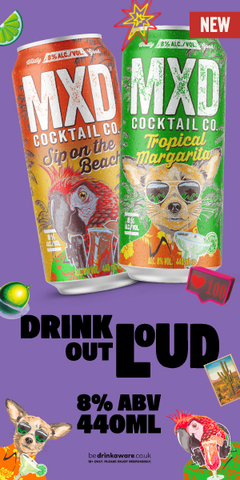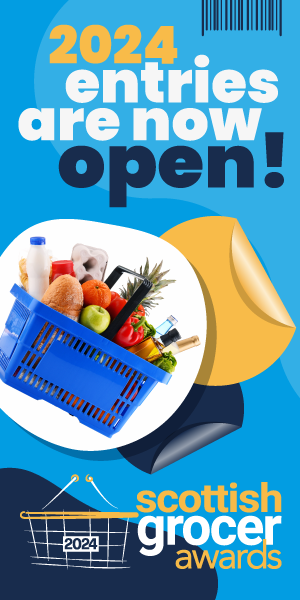Annual inflation rate remains above 4% in June

CONSUMER price inflation has refused to shift below 4% for the third month in a row, according to the latest data from the Office for National Statistics (ONS).
Covering consumer prices including housing costs (CPIH), the figure stood at 4.1% in the year to the end of June. This was a 0.1% increase on the figure at the end of May and matches the same rate for the year ending April 2025 – which, at the time, was the highest rate of annual inflation recorded so far in 2025.
This has been caused by high rates of inflation across multiple consumer categories measured by the ONS, with the highest rates coming from energy costs, food and non-alcoholic beverages and alcohol and tobacco products.
Additionally, transport costs increase by one percentage point from the end of May. The ONS said this was primarily driven by motor fuels.
The ONS said that between May and June 2024, petrol fuels fell by 3 pence per litre (ppl) whereas for May and June 2025, petrol fuel prices only fell by 0.5ppl. Similarly, diesel prices only fell by 0.6ppl in June 2025, compared with a fall of 4.8ppl in June 2024.
Further to this, food and non-alcoholic beverages saw its third consecutive increase in its rate of inflation in June – on a month-to-month basis – and marks the highest figure for the category recorded since February 2024.
There were small upward contributions to three of the 11 food and non-alc beverage classes which pushed inflation levels, namely bread & cereals, meat and milk, cheese & eggs.
Balwinder Dhoot, director of sustainability and growth at The Food and Drink Federation (FDF), said: “Food and drink inflation has risen once again in June, continuing a concerning trend in 2025.
“Food and drink inflation has consistently outpaced the overall rate of inflation throughout the year, and seen a sharp increase in the past 12 months. It was 1.5% in June 2024, up to 4.5% last month, and we expect inflation to rise further this year.
“The pressure on food and drink manufacturers continues to build. With many key ingredients like chocolate, butter, coffee, beef and lamb, climbing in price – alongside high energy and labour expenses – these rising costs are gradually making their way into the prices shoppers pay at the tills.”


















